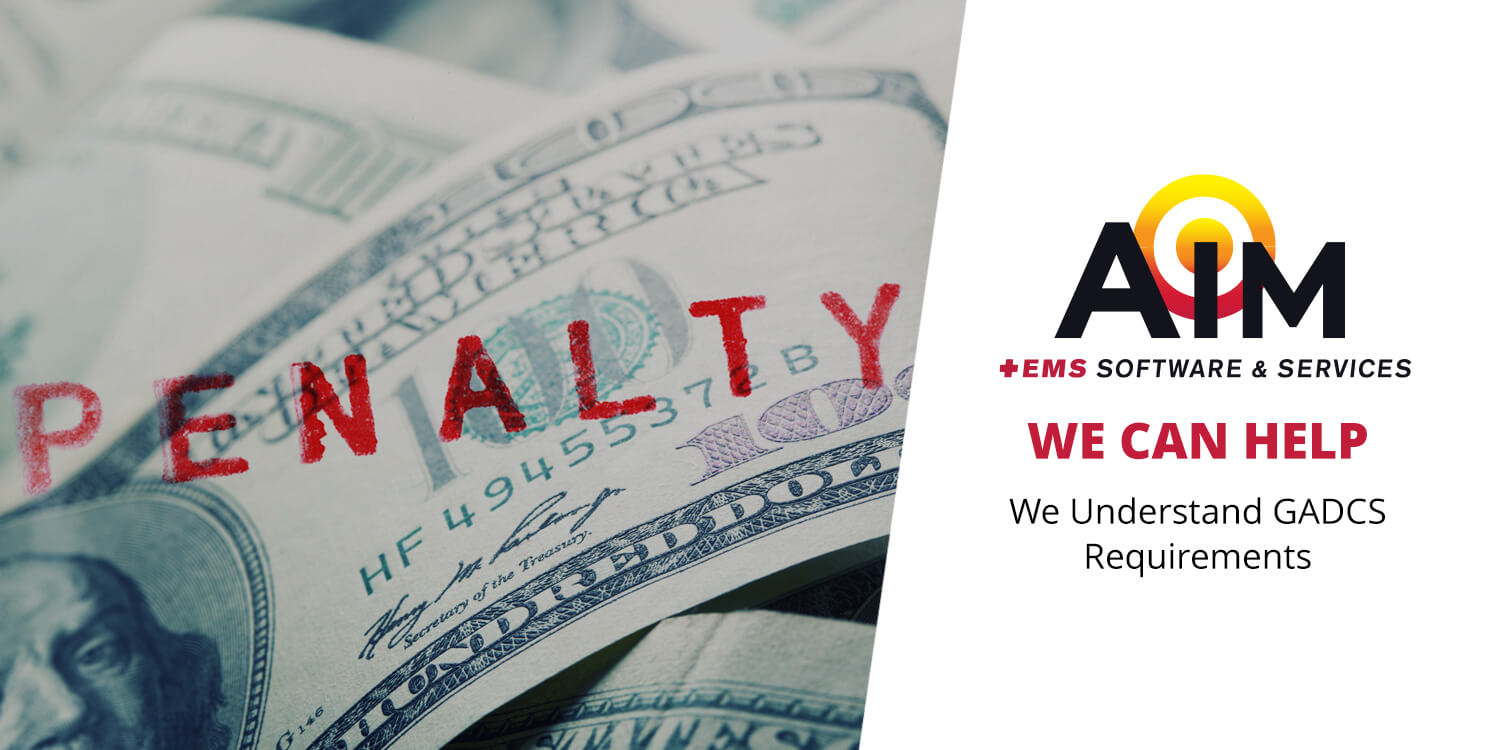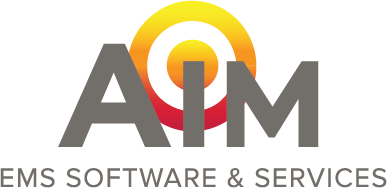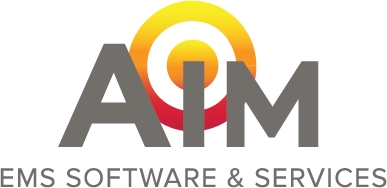
Is your ambulance company working to submit data for the Medicare Ground Ambulance Data Collection System (GADCS)?
The program began in 2020 but was delayed due to COVID-19; however, the program is back on track, with January through May of 2023 being the first data submission period. Are you prepared?
The Centers for Medicare and Medicaid (CMS) selected ground ambulance services to participate in the GADCS. The GADCS requires ambulance providers to take steps to report on various data points, including cost, revenue, and utilization. And, though the process may be time-consuming, refusing to participate (or submitting data incorrectly) could result in penalties – directly and indirectly.
This article outlines several nuances of the Medicare Ground Ambulance Data Collection System. The overall goal of this guide is to help your ambulance agency easily navigate the GADCS, avoid penalties, and improve your reimbursement going forward.
Overview of the Medicare Ground Ambulance Data Collection System
For those working to complete GADCS reports, let’s run through how this reporting system works and how it was developed. By understanding the core of the GADCS program, you give yourself the best chance at participating without any problems.
The GADC system was put forth by the Centers for Medicare and Medicaid (CMS). The program was conceived after the Bipartisan Budget Act passed congress in 2018. While the GADCS was supposed to initiate in 2020, the process was delayed due to the strain of the COVID-19 pandemic. What’s the goal of the Ground Ambulance Data Collection System?
The goal is to perform a large-scale survey and assessment of ground ambulance providers - with plans to adjust Medicare reimbursement rates to meet the needs of modern ambulance services. The participants of the program are ground ambulance providers, and the results from the GADCS will give CMS and Congress a better picture of how ambulance services operate around the country.
While the program has good intentions (and will hopefully yield good results), there is always some reluctance for providers to add another task to their busy schedules. With that in mind, let’s talk about what happens if an ambulance service is contacted, but chooses not to participate.
What Happens if You Don’t Report: Medicare Ground Ambulance Data Collection System
Those who choose not to report after being selected to participate in the GADCS will be subject to penalties. As we mentioned in the opening section, these penalties are both direct and indirect. What does this mean? Let’s take a moment to focus on each type of penalty.
The two penalties on ambulance providers for not participating in the GADCs:
- Direct penalties: Reduced reimbursement from Medicare.
- Indirect penalties: A lack of adequate funding for years ahead.
Below, we take a moment to look at these penalties a little closer.
Direct Penalty: Reduced Reimbursement from Medicare for Refusing GADCS Participation
Direct penalties are those that Medicare imposes on the ground ambulance system that refuses to participate in the GADCS. Medicare states that any selected ambulance system that does not report the data, or chooses not to report the data correctly, will incur a 10 % reduction in Medicare payments. Many of these penalties will begin on January the 1st, 2024.
The 10% penalty will affect three main groups:
- Providers who choose not to report at all.
- Providers who choose to report false information.
- Those who don’t report the information accurately.
There may be hardship exemptions in some cases, but these exceptions do not remove the obligation to report the data.
A 10% reduction in reimbursement from Medicare represents a significant financial hit to EMS services – companies who are already struggling through difficult times.
Now, let’s talk about the indirect penalty.
Indirect Penalty: Incomplete Data for Congress and the Continuation of Outdated Reimbursement Rates
The penalties go beyond just the direct impact on your ambulance service (10% reimbursement deduction). The indirect penalty is that your ambulance service, and those around you, will continue to receive outdated reimbursement from Medicare. By participating, and doing your best to accurately offer information, you pave the way for positive change.
For many years, EMS services have rightly lamented the lack of adjustment in reimbursement from Medicare. The complaint is that Medicare hasn’t updated its reimbursement rates to modern EMS, and now ambulance services are unable to effectively fund their services, buy new equipment, or pay paramedics.
However, the GADCS could lead to positive changes. With this recent data collection program, the data will be submitted to Congress for further review. With this review, there’s a chance the Medicare reimbursement rates will be updated to better coincide with the hard work of ambulance services around the country.
With both these direct and indirect penalties in mind, let’s discuss how you can protect yourself. How do you ensure that your reporting is in line with CMS guidelines? How do you ensure you’re collecting accurate data?
Let’s talk about it.
What You Need to Do: The Medicare Ground Ambulance Data Collection System
CMS sent out a letter several years ago to those who were selected to participate in the Medicare Ground Ambulance Data Collection System. They selected several thousand ambulance services to participate, and in this letter, they outline the purpose and the function of the program.
These announcements created questions among EMS health providers. Let’s go over a quick rundown of how the program works.
The GADCS process for ambulances (practical steps):
- Acknowledgment of letter receipt: the first step is acknowledging that you received the letter and ensuring that you understand how the program will operate.
- Data collection period: after you’ve ensured that you have the tools to collect the information, now you will begin the collection period. This is 12 months long, and it happens in two waves. The first was last year (2022), and the next is this year (2023). After collection, it’s time to report.
- Reporting period: After the ambulance service has collected their data during the 12-month window, they will have five months to submit this data. For the services who collected data last year, the reporting window began this January (2023) and will end this May (2023).
This is the general process for the program. As you can see, these points are just the major destinations on the map. But what about all the little side roads? What happens if you take a wrong turn?
Let’s cover how AIM can help you report to the Medicare GADCS with confidence, ensuring you don’t run the risk of penalties.
How AIM Will Help: Reporting Help for Medicare GADCS
At AIM, we’ve made it our goal to help ambulance services with data collection systems for over thirty years. From billing software to dispatch tools to ePCR systems, AIM has done it all when it comes to ambulance data and documentation - and now we’re helping services gather and report their data for the GADCS.
How can AIM help you? Below, we’ll outline several ways that AIM can help you report your data for the GADCS, avoid any penalties, and improve your data collection and reimbursement for the future.
How AIM can help:
- Ensure that you’ve collected data points requested
- Work with you to follow the Medicare reporting guidelines
- Help you set up top-notch data collection for the future
Let’s look at each of these points closer .
AIM Can Help Ambulance Services Ensure They’ve Covered the GADCS Information Points
There are thirteen main data collection sections that CMS has requested from ambulance services. These thirteen points include a general survey, your emergency response times, labor costs, facility costs, equipment and supply costs, your revenue, and more.
All of the thirteen points fit within the broader Medicare Ground Ambulance Data Collection Instrument, a document that helps providers walk through the process. At AIM we can help you make sense of this sometimes confusing information, ensuring you’re on the right track.
Now let’s talk about how we can help you during this most recent reporting window.
AIM Helps You During the Ambulance Reporting Window
After ensuring that you’ve followed the data collection requirements, AIM can help ensure that you submit the information pertaining to ambulance billing and patient care reporting the right way. CMS is using a special portal where providers can sign in and electronically submit the data – the AIM System can report key billing data elements so you can submit your information correctly.
AIM Will Help You with Future Data Collection and Reimbursement Optimization
Perhaps your ambulance ground service is still in the collection phase (and you still have an entire year before you need to report your information). Or maybe you weren’t selected for the GADCS, but you’d like to be prepared for the future.
AIM can help you with good data collection and reporting regardless of the phase you’re in. AIM has professionals who are familiar with this GADCS data reporting program, and we have successfully helped many providers submit their data and avoid reimbursement penalties.
AIM also has many tools to help EMS and ambulance services optimize their regular data collection, improving their revenue cycle and setting themselves up for future success.
Now, let’s go over a few final thoughts.
Conclusion: Next Steps for Participation in the Medicare Ground Ambulance Data Collection System
Most ambulance services consider the Medicare Ground Ambulance Data Collection System an opportunity for EMS providers to have their voices heard. If the program is successful, perhaps positive changes will come to ambulance services around the country. While the reporting process can be time-consuming, it’s important to avoid penalties.
But you don’t need to figure it all out on your own. Contact AIM to get in touch with a team of professionals who can help you prepare your data report for submission. Not only that, but AIM can help increase your overall revenue through better data collection practices and positive changes to your workflow.
If you need a Dispatch, ePCR, and Billing system and/or EMS Billing Services that can help you meet the needs of operational and government reporting, AIM is here for you. To learn more, you can call an AIM team member directly at: (800) 726-4690 or submit a Contact form. We’d be happy to listen to the specific needs of your ambulance service and discuss how to help you achieve your reporting goals






